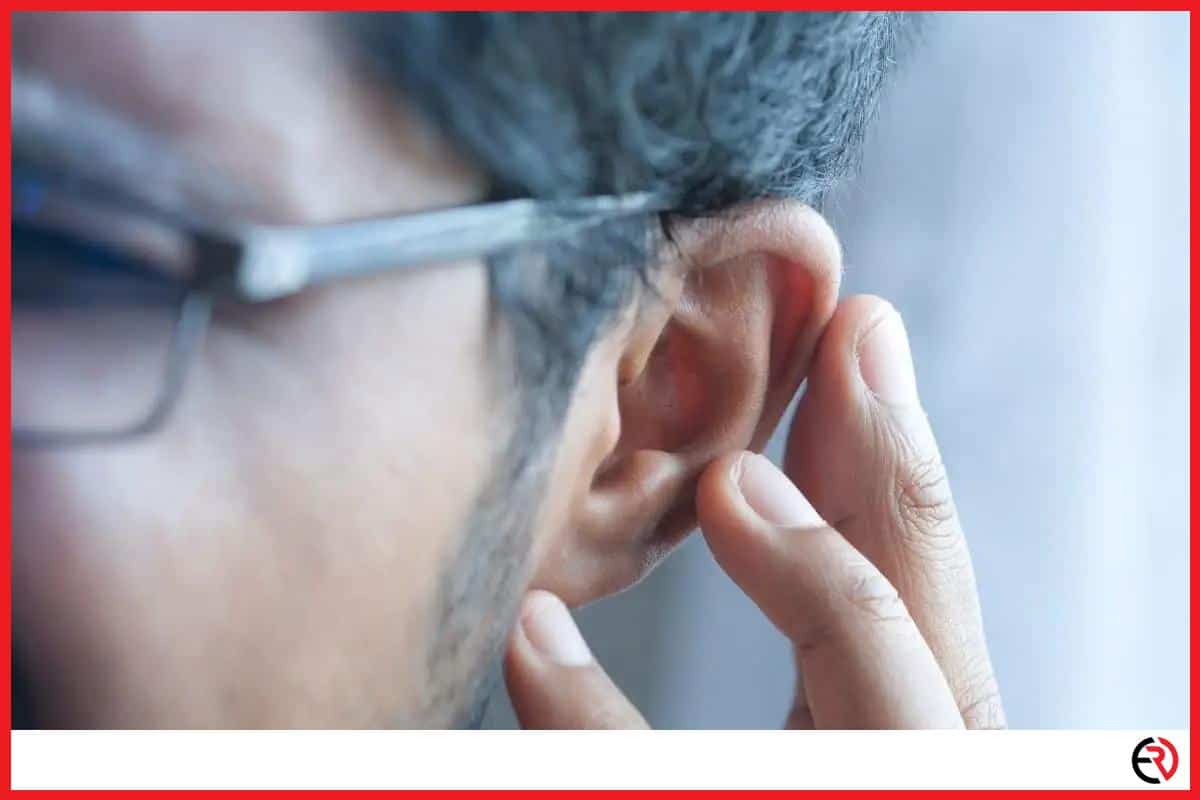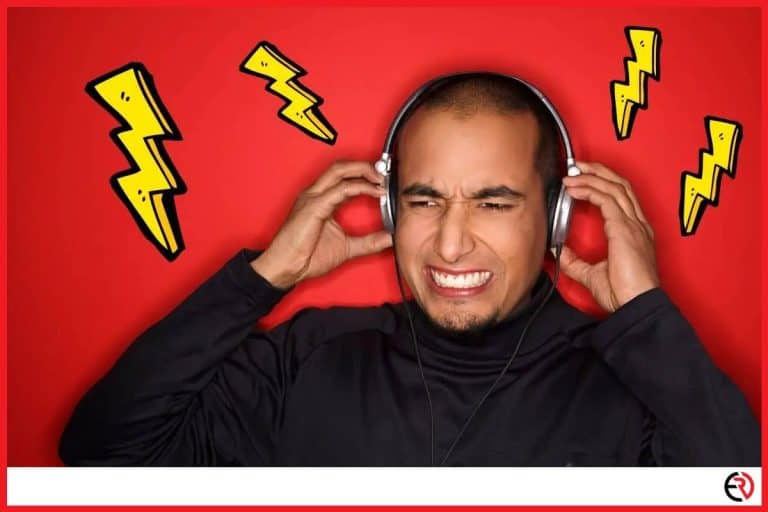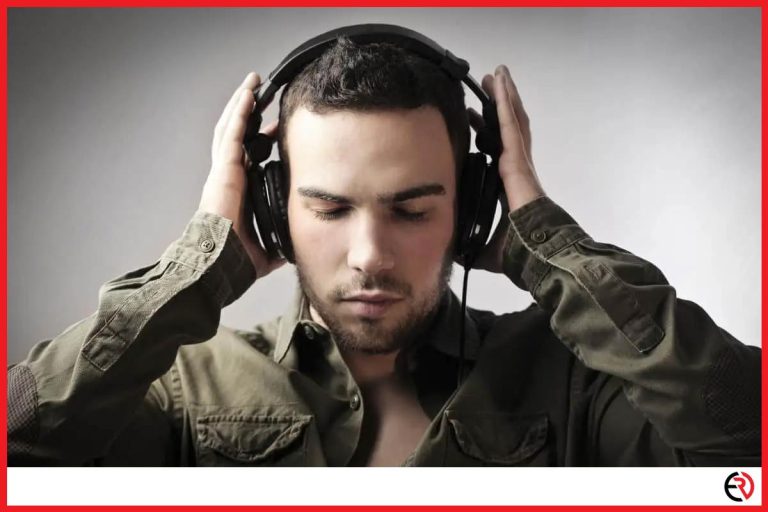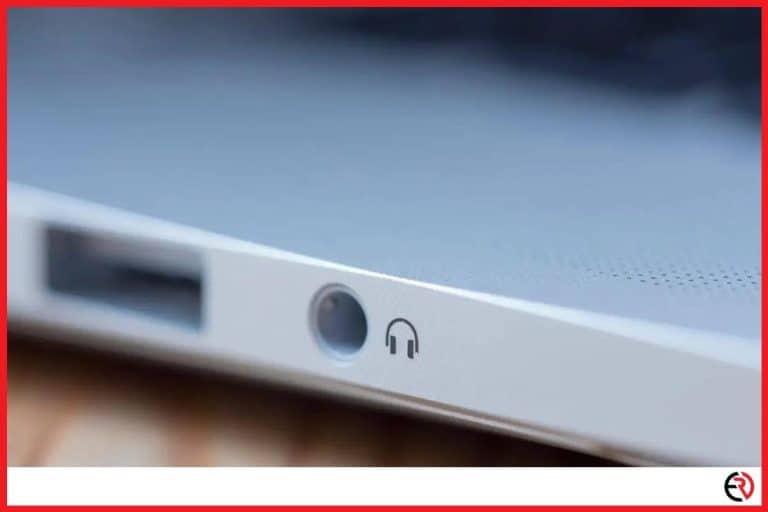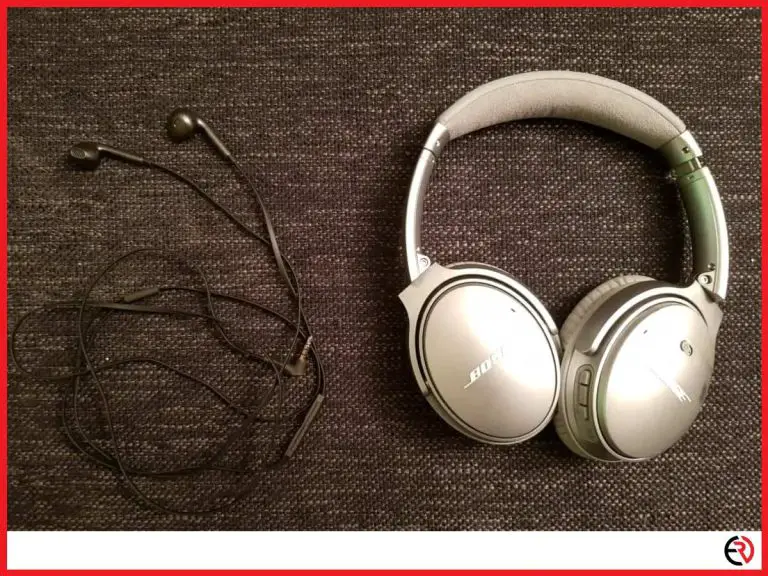Is Noise Canceling Bad for Your Ears?
This post may contain affiliate links which means that, if you choose to make a purchase, I may earn a small commission at no extra cost to you.
Whenever I go out I have some kind of noise-canceling headphones with me. For flights, I have over-the-ear ANC headphones and for commuting or a light jog, I use my ANC earbuds. However, some of my friends aren’t keen on ANC since they aren’t aware of how the technology works and if it has any risks. So, I decided to solve that problem.
For the most part, noise-canceling headphones are harmless. In some cases, they are safer than regular headphones. However, extensive use can lead to certain problems like dizziness and ear pressure issues for a small fraction of users.
Let’s check out how noise-canceling headphones work and how you can deal with ear problems that arise due to them.
How do Noise-Canceling Headphones work?
Active Noise Canceling headphones use a sophisticated system of mics and processors to identify external noise and create an opposing frequency to cancel it out.
Passive Noise Isolation
Don’t be confused by marketing jargon like “passive noise canceling”. There’s only one type of noise-canceling technology – active noise canceling. When brands market their products as “passive noise canceling” headphones, they try to sell passive noise isolation headphones while capitalizing on the “noise-canceling” buzzword.
With passive noise-canceling technology, headphone manufacturers try to mute out external noise with physical barriers like earpads and ear tips. For instance, silicone ear tips and padded ear cups do a good job of blocking a lot of external noise. Apart from open-back headphones almost all headphones on the market passively isolate external noise to some extent.
Active Noise Canceling
On the other hand, active noise-canceling headphones cancel out external noise with highly complex technology. To understand this technology you need to visualize sound waves as a traveling set of low and high-pressure zones instead of sinusoidal patterns. In any sort of open environment, everything from cars to people and machines creates noise in the form of these traveling pressure zones.
Active Noise Canceling headphones sample the external noise and the processor in the headphones create an opposite set of high and low-pressure zones. Your headphone creates an anti sound wave and plays it along with the music through the drivers to cancel out external noise.
However, this technology is most effective for low-frequency repetitive noises that have a few hundred such pressure zones every second. On the other hand, high-frequency noise has thousands of such pressure zones. It’s very difficult to sample such sound and create a perfectly timed anti-sound wave.
To sum it up, ANC headphones create an opposite sound wave to cancel out most of the low-frequency ambient noise and provide you with silence so that you can listen to your music or attend calls in peace.
Is Noise-Canceling Safe?
For the most part, noise-canceling headphones are safe for your ears.
In fact, noise-canceling technology was invented to protect pilots. Plane engines are excessively loud and without ear protection, they can do serious damage to your hearing. While pilots had passive noise isolation ear cups, they weren’t enough. That’s why the first noise-canceling headphone was an aviation headset.
As mentioned above, noise-canceling headphones are good at eliminating repetitive low-frequency ambient noise like the sound of humming cars, machines, or rumbling airplane engines. With noise-canceling headphones, most of that noise is canceled out and the wearer doesn’t need to crank up the volume to ear damaging levels for listening to flight control or command center instructions.
When I wear good quality noise-canceling headphones like the Sony WH-1000XM4, most of the background noise is automatically drowned out. So I don’t feel the need to turn up the volume more than 30 percent for most tracks. Flagship ANC headphones from Sony, Bose, and Apple can even cancel out middle frequencies. I thought my wife would have a problem with that. But so far, I haven’t heard her complain.
I also like to wear my noise-canceling headphones while I’m commuting even when I’m not in the mood for music. Excessive noise disrupts my concentration and stresses me out. So, when I’m in the mood to visit a local cafe and get some work done on my laptop while sipping my coffee, I simply wear my ANC headphones to drown out the ambient noise.
Does that mean there are no safety concerns with Noise-Canceling Headphones?
Not quite. While noise-canceling headphones are beneficial for the most part, they may cause dizziness, and ear pressure issues for some people.
Ear Pressure Issues
Noise-canceling headphones are known to cause problems for some people. For instance, I have experienced dizziness, headache, and ear pressure after using them for a long time. When I experienced this issue for the first time, a bit of digging through audio forums led me to my peers who had the same issue.
I can’t refer to research papers. However, talking to a lot of people gave me enough anecdotal evidence to conclude that most people with ANC headphones suffer from the ear pressure issue at some point.
It’s similar to how you feel when you’re in a flight and it gains altitude or loses it for landing. You feel pressure on your ears since the air density is higher inside your ears. This causes the inner ear to vibrate and temporarily takes away some of your ability to perceive low-frequency sounds.
ANC headphones also cancel out low-frequency ambient sounds and using them on ground level can mimic this effect. It tricks your brain to think that there is a pressure change and makes you feel dizzy, causing headaches and nausea. I experienced this issue after long use. Some people don’t go through this issue while others can’t even wear ANC headphones due to this problem.
However, this issue can be fixed with intelligent design and manufacturers are implementing them. Mid-range and high-end noise-canceling headphones have holes that help to release and equate the pressure.
Tinnitus
Tinnitus is a persistent ringing or buzzing noise in the ears. You know the classic, ringing noise they play in movies after a bomb explodes near a movie character. It’s a disorder that can affect people of all ages and may be triggered by interferences and damages to the ear.
While I haven’t faced this issue and there’s no scientific research on this subject, many people online claim to have experienced tinnitus after using ANC headphones. Scientifically there’s no correlation between ANC technology and tinnitus. Some theorize that those people may have thought that they have tinnitus with ANCV headphones since noise-canceling makes them hyper-aware of sounds in the ear.
To test this theory, I used the ANC feature of the headphones in my quiet workspace at home. That made me hyper-aware of sounds caused inside my ear due to air movement between the ear and the earpads. It’s similar to the rumble you hear when you block both your ears with your hands.
On the other hand, ANC headphones can help prevent tinnitus and ear damage indirectly. When background noise is muted, you won’t feel the need to increase the volume for long durations. Your ear stays safe and the ANC headphones help minimize probable future tinnitus episodes.
Conclusion
Active Noise Canceling headphones are a great invention and I’m glad that they are becoming more common, cheaper, and highly accessible over the years. While the ear-pressure issue remains for some people, it’s a technology with far more pros than cons.
When you buy noise-canceling headphones, you should test them extensively within the return period to check if you suffer from similar issues. This allows you to return the product, get a refund and save your hard-earned money. I hope this article was helpful to you.

